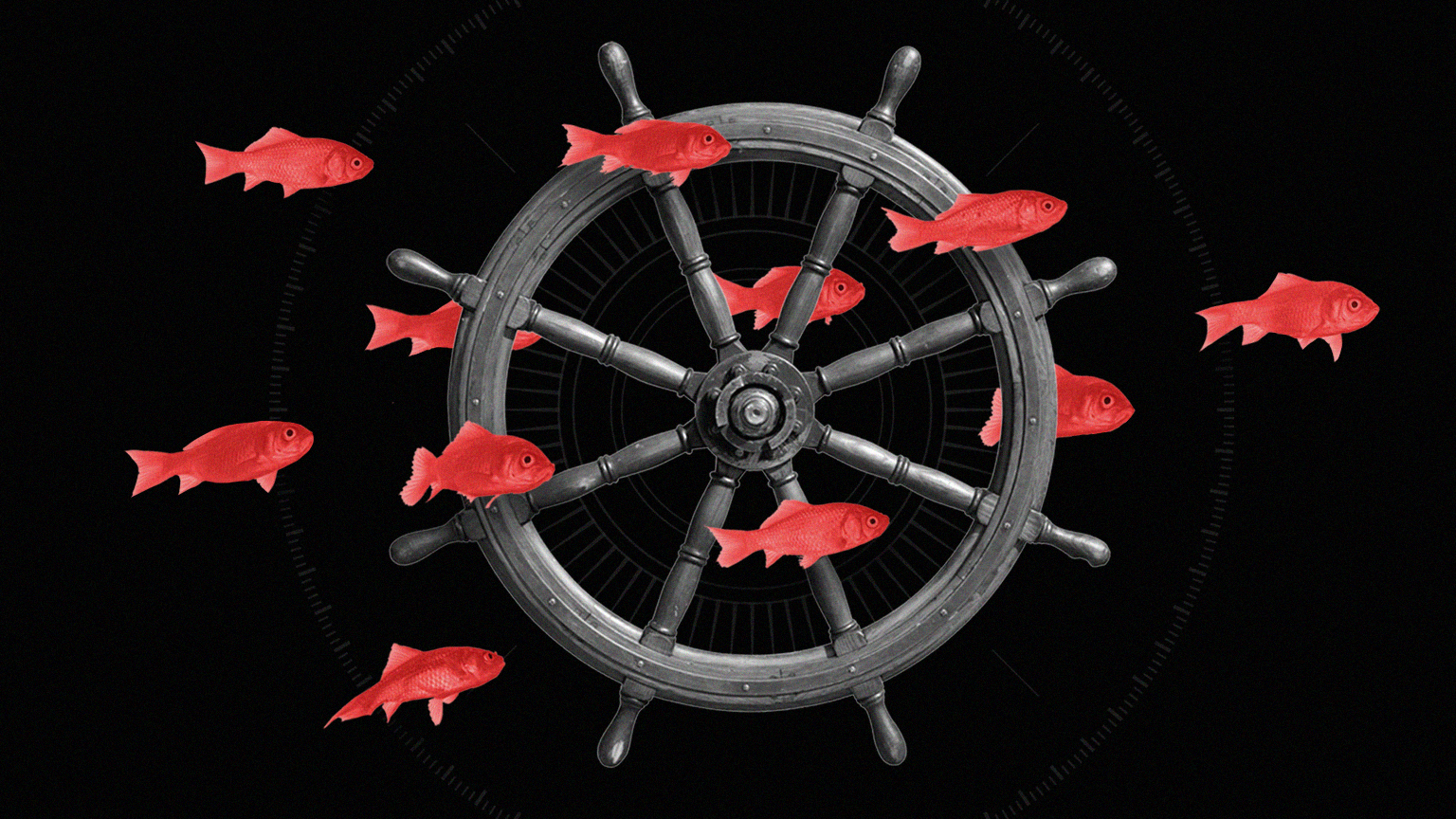Accountability isn’t a buzzword. It’s a life raft when projects fail.

Executive coach Alisa Cohn, in her Big Think+ video, “Understand Ownership and Accountability: What It Means to Be In Charge When Things Go Wrong,” uses her experience with a company whose product shipped 18 months late as an example of why it’s a smart idea to designate a person as accountable when undertaking a project. Especially when things do go wrong.
Who’s in charge here?
A team attitude is great, but it can also be a problem. “This whole notion of, like, we’re all responsible for it. But of course if we’re all responsible for it, nobody is responsible for it.” This leaves a company flying blind as to what’s gone right, what’s gone wrong, and what could be done better going forward, says Cohn. When the result is a missed target, a general baffled cry of “How did this happen?” and a downcast recitation of the often-good reasons for the failure isn’t much help. If no one was in charge, and “nobody was responsible for re-forecasting, stepping back, and really understanding the pieces and parts on the inside and how that was going to land in a predictable outcome,” doing better in the future is unlikely.
The benefits of a having a project owner
The point of there being a single person accountable isn’t to cast blame, or bestow unfettered power for its own sake. “It doesn’t mean that person is going to be the boss, and running around being the boss of everybody,” says Cohn. Instead, “that person is thinking about [the project], is allocating resources and time to it, is making sure that other people are making it important that they’re sort of competing effectively for their mindshare.” It also means there’s someone tracking metrics before things get out of hand, “before it turns into some, like, major event.” This kind of constant attention provides a chance to course-correct via small debriefings along the way.
What could possibly go wrong?
Short answer: Probably something. Missed deadlines and other targets happen all the time, but with a single person accountable — a person who’s been paying attention all along, from conception through execution — there’s a chance to turn an otherwise-unwelcome experience into a “learning lab,” says Cohn, in which the occurrence of missteps can often be exposed through an analysis of the metrics collected along the way. Cohn also presents in her video sets of team questions that can lead the group to deeper insights and more desirable outcomes.
Without someone taking responsibility, Cohn points out, “you don’t have a context for debriefing and for rationally asking those questions why. The natural outcome of that is finger-pointing and blame. And that is what leads to a sort of difficult toxic environment, as people are more focused on saving themselves rather than actually devoting themselves to getting the work done.”
Finally, the accountable person’s overview, measurement data, and post-action guidance de-pressurizes failure, and provides “a release valve for people so that they can have a comfortable way to kind of process what happened.”




